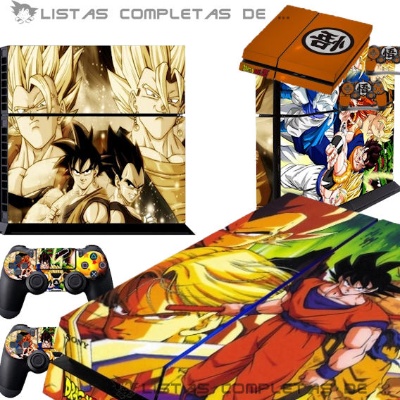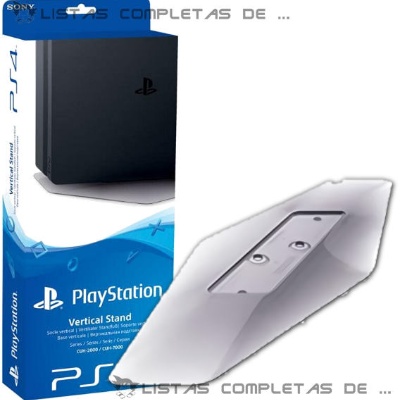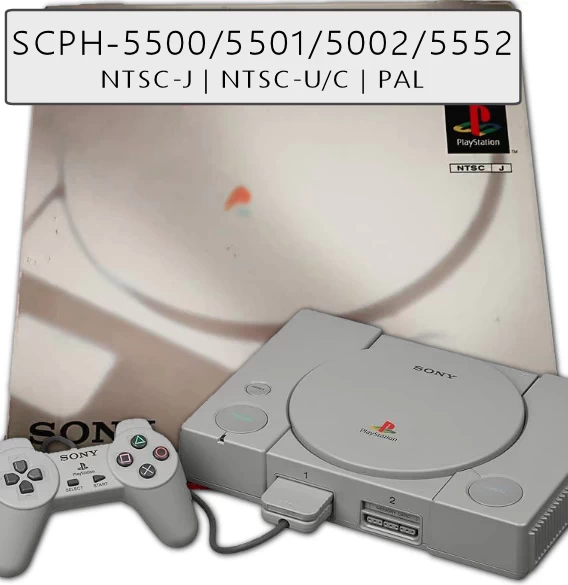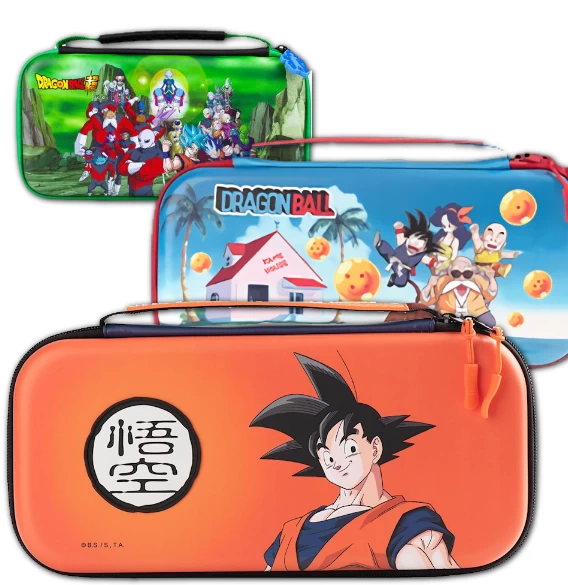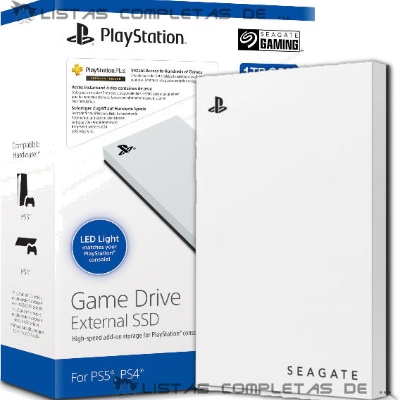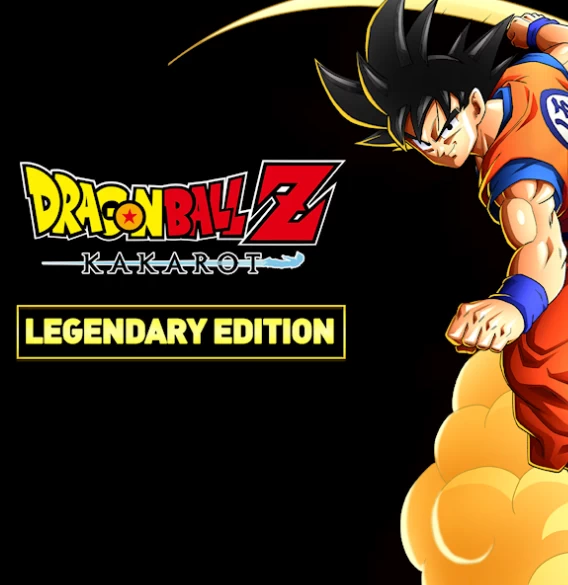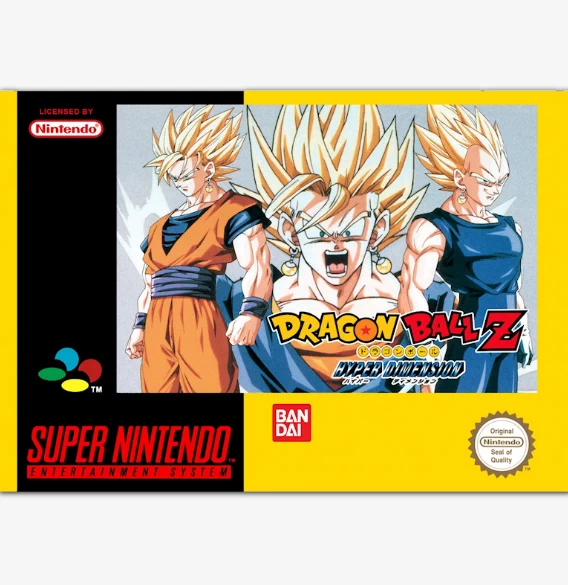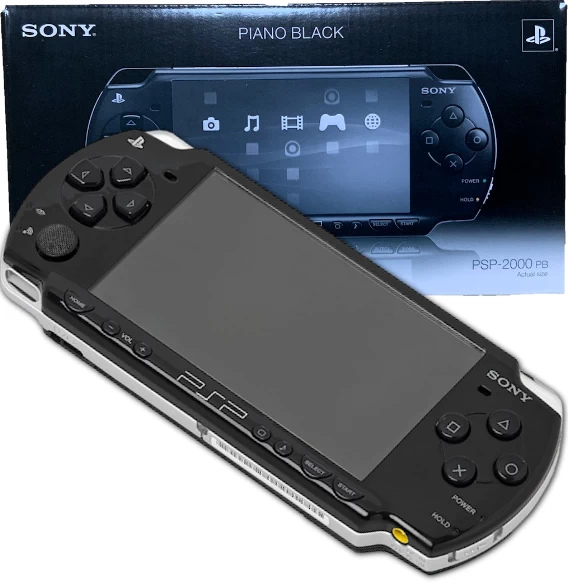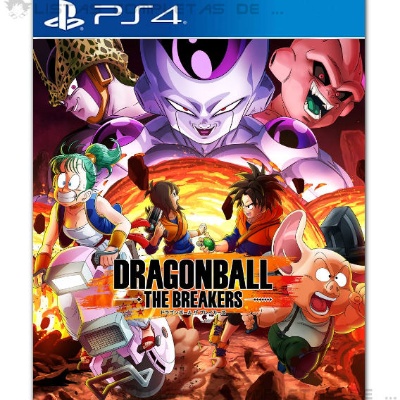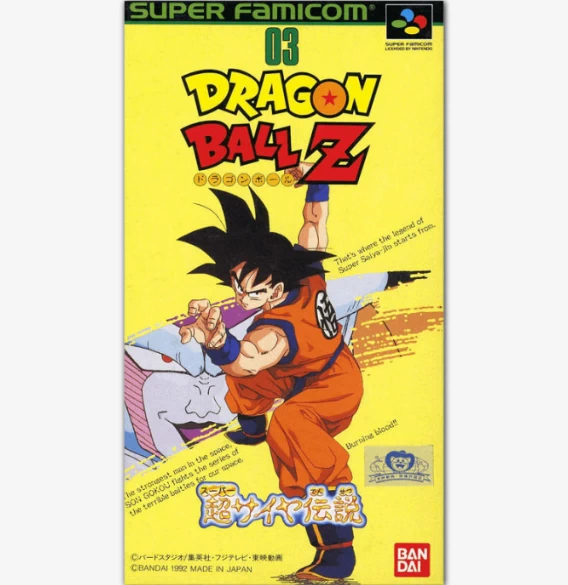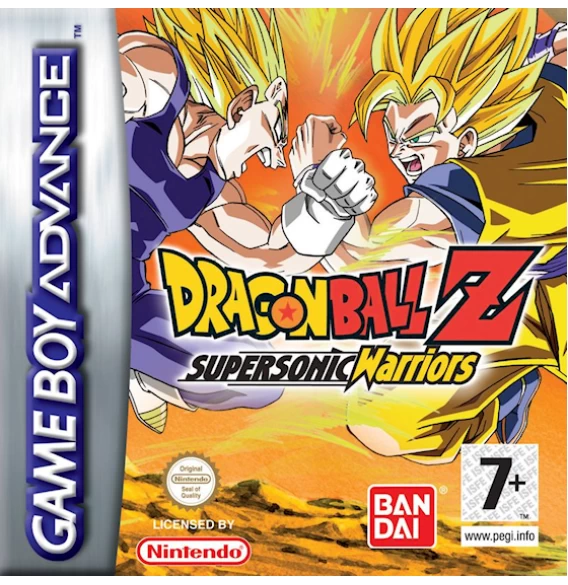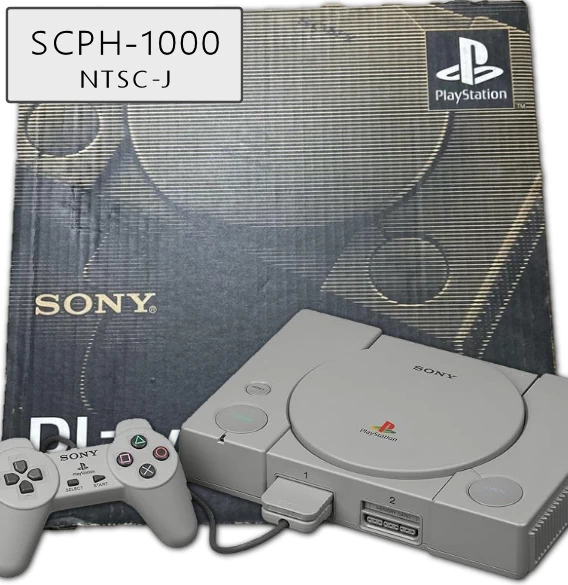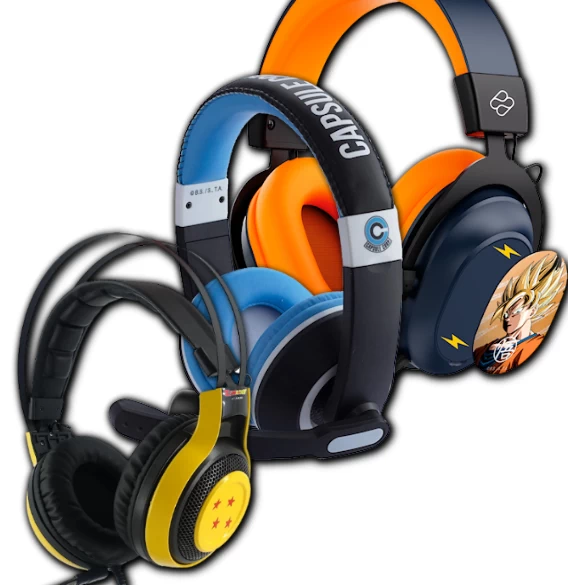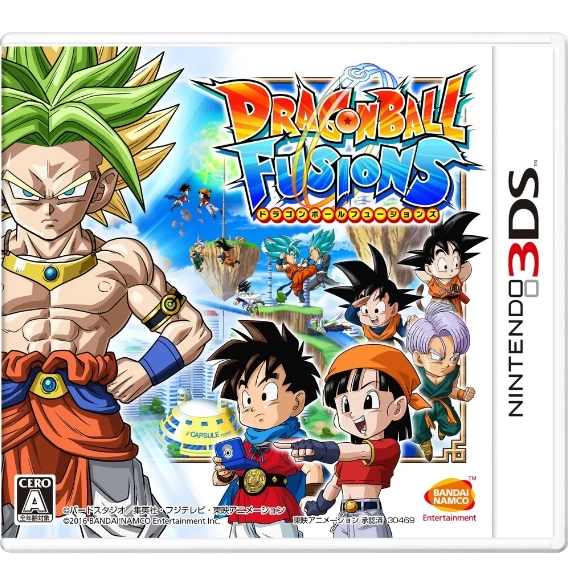All Dragon Ball video games for the PlayStation 4 (PS4)
The PS4 console and the complete list of the 6 Dragon Ball games that were released.
The six releases we got of a Dragon Ball game on PlayStation 4, from Xenoverse to Gekishin Squadra.
With the arrival of the PlayStation 4 on February 23, 2014, in Japan, Sony introduced its fourth console, thus entering the eighth generation of consoles. At that time, internal game storage and online purchases were beginning to leave physical formats behind.
Dragon Ball has had a solid presence on this console, with a total of six games, from Xenoverse 1 to Gekishin Squadra, released in 2025.
The Dragon Ball and DBZ games released for the PS4.
The complete list of Dragon Ball and Dragon Ball Z games released for the PS4 includes a total of six titles, each belonging to a different genre — from RPG adventure like Kakarot, to the survival experiment The Breakers, and the outstanding fighting game FighterZ; different editions to choose from, some enhanced with season passes and cosmetic items, and collector’s editions that include physical content such as cases or figures/dioramas.
All Season Pass, DLCs or expansions for your Dragon Ball games released on PS4.
Find here all the DLCs and Season Passes released for Dragon Ball games on PS4. Take advantage and use the filter to view only the DLCs or expansions for the specific game.
The different versions and models of the PS4 console
To enjoy Dragon Ball games on PlayStation, the first thing we need is a PS4, the console that has accompanied the saga throughout an entire generation. Over the years, Sony has released three main models: the original PS4, the PS4 Slim, and the PS4 Pro.
The original PS4 was the pioneer — the one that marked Dragon Ball’s return to a new console era with titles like Xenoverse, offering a huge technical leap compared to previous generations. The PS4 Slim, more compact and efficient, maintained the same power but came with a more modern and quieter design, ideal for those seeking comfort and stability. Finally, the PS4 Pro took the experience to another level, with improved graphics, 4K support, and HDR colors that make every Kamehameha shine.
If I had to pick one to play Dragon Ball, I’d go with the PS4 Pro — it’s the version that best pushes the visual side and makes every fight feel as intense as a battle between Goku and Vegeta.
PS4 accessories and peripherals to play Dragon Ball
You may already have at home a console from when you were younger, or you may have inherited it from a friend or family member, or perhaps you bought it second-hand, but… you’re still missing some accessory or peripheral to be able to play with it, like an adapter or a controller…
So here’s a list of the things you might need to play your almost retro console.
More complete lists of Dragon Ball games and video games.
We also have more complete lists of Dragon Ball games and video games cataloged by their gaming platform, including Board Games, PlayStation, Nintendo NES, etc.
Here are some of the Dragon Ball games and video games we have for you:
Discover some of the Dragon Ball games, video games, consoles, and collectible accessories. From the iconic NES and GameBoy to the latest PC, PS5, and X-BOX titles, as well as the timeless board games.
PlayStation (SCHP-5500/SCHP-5501/SCHP-5502/5552) | NTSC-J · NTSC-U/C · PAL
PlayStation (SCHP-5500/SCHP-5501/SCHP-5502/5552) | NTSC-J · NTSC-U/C · PAL
The PlayStation models SCPH-5500, SCPH-5501, and SCPH-5502/5552 were the second revisions or models released by Sony for the PS1 in 1996, aimed at fixing issues from the SCPH-300X series.
These models belong to the SCPH-550X series, with the 5500 being NTSC-J, the 5501 being NTSC-U/C, and the 5502 and 5552 being PAL.
These models were the first to remove the video ports S-Video and RFU. However, they still kept the extra ‘serial’ port.
These models corrected one of the biggest issues of previous revisions: the disc drive’s location was changed, since before it was placed too close to the power supply, causing it to overheat and fail after extended use. In addition, the disc drive itself was improved, and the internal wiring of the console was simplified due to the removal of connectors.
The SCPH-550X series (its 4 models) includes 1 controller, 1 memory card, a parallel port, SGRAM for the GPU, and the internal power supply, along with the new PU-18 board, which was more efficient and replaced the PU-8.
Dragon Ball Z: Kakarot - Legendary Edition
Dragon Ball Z: Kakarot - Legendary Edition
Dragon Ball Z: Kakarot – Legendary Edition was released three years after the original editions, by which time the first and second Season Passes had already concluded. Upon release, it became the most complete edition available, as it included the base game and access to Season Pass 1 and Season Pass 2, with five extra episodes based on: Dragon Ball Z: Battle of Gods, the Future Trunks saga, the Bardock story (from the classic DBZ movies of the 90s), the end of DBZ story arc (the World Martial Arts Tournament where Goku leaves with Uub), and a story dedicated to those characters.
It also included permanent upgrades for cooking items and an exclusive item to move around the map during exploration or missions: Tao Pai Pai’s Pillar.
Dragon Ball Z: Hyper Dimension
Dragon Ball Z: Hyper Dimension
Dragon Ball Z: Hyper Dimension is the sixth Dragon Ball Z game released for the Super Nintendo and Super Famicom. It is also the fourth fighting game released for this console in 1996.
This game breaks away from the previous fighting games on the system and, although it remains a 2D fighting game, it brings much higher quality and smoother graphics. The screen no longer splits, there is now an energy bar to manage ki and attacks, and characters can transform during battles.
Its story mode covers from the Namek Saga —our battle against Frieza— up to Majin Buu’s defeat. It is worth noting that the story mode includes very epic illustrations for its time and console.
There are up to 9 playable characters, many with transformations, including Goku, who turns Super Saiyan, and Frieza, who reaches his final form, among others.
PSP-2000 (Play Station Portable)
PSP-2000 (Play Station Portable)
The PSP-2000 (PlayStation Portable), also known in some regions as "PSP Slim & Lite", is the second version of the PSP. It is slimmer than the previous one, features a video output, improvements to the screen and RAM, and some bug fixes.
Dragon Ball: The Breakers
Dragon Ball: The Breakers
Dragon Ball: The Breakers is a survival multiplayer game, whose genre is called "Asymmetrical Survival Multiplayer (1 Raider vs. 7 Survivors)", in this case it will always be 1 vs 7.
The Raider or Hunter aims to eliminate all Survivors or Prey, while the latter must hide around the map, use items and vehicles to survive the hunter or raider.
In this case, being a Dragon Ball game, the hunters are represented by Dragon Ball villains like Cell, Frieza, or Majin Buu, who evolve and change form (e.g., Cell 1st form becomes Cell 2nd form and then reaches his final or perfect form) as the match progresses.
The survivors or prey must play as a team to survive. They can choose from some DB characters and original ones from the game. Their goal is to activate "the time machine" and escape, as many as can make it.
The game, besides PS4, is also available on: PC, PS5, Xbox One/Series, and Nintendo Switch.
Dragon Ball Z: Super Saiya Densetsu
Dragon Ball Z: Super Saiya Densetsu
Dragon Ball Z: Super Saiya Densetsu is the first Dragon Ball Z game released for the Super Nintendo and Super Famicom, although it only came out in the Japanese region in 1992.
It is a turn-based card battle RPG, where players explore the map to obtain new cards while progressing through the story and engaging in battles. Its story covers events from Raditz’s arrival to Frieza’s death on Namek.
As a fun fact, this game is actually a compilation port from NES to SNES of the games Dragon Ball Z: Kyōshū! Saiyajin (1990) and Dragon Ball Z II: Gekishin Freeza!! (1991) released for the Famicom in Japan. For more details, check the section with all Nintendo NES games.
Dragon Ball Z: Supersonic Warriors
Dragon Ball Z: Supersonic Warriors
Dragon Ball Z: Supersonic Warriors is the second fighting game released for the GBA, offering multiplayer mode via the Link Cable. It features up to 13 playable characters from all DBZ sagas.
PlayStation (SCHP-1000) | NTSC-J
PlayStation (SCHP-1000) | NTSC-J
The PlayStation model SCPH-1000 was the first console, version, and model released by Sony for the PS1 in 1994.
This model belongs to the SCPH-100X series, being the first of the series and with exclusive distribution in Japan, supporting only NTSC-J games.
This model is notable for being the only one with video ports S-Video and RFU. Additionally, it is the only one in its series that includes an additional ‘serial’ port, making it the console with the most ports or connectors.
This model had factory graphical errors in its motherboard and GPU ‘PU-7’, which were corrected in the other models of the same series with a new ‘PU-8’ board.
The SCPH-100X series (its three models) includes RCA video output, 1 controllers, 1 memory cards, a parallel port, VRAM for the GPU, and the internal power supply.
Dragon Ball Fusions
Dragon Ball Fusions
Dragon Ball Fusions is an RPG game for the Nintendo 3DS, where players must collect Dragon Balls, participate in battles, and, of course, create some of the most curious fusions, such as Yamcha and a Saibaman, or Androids 16 and 17, among others.

